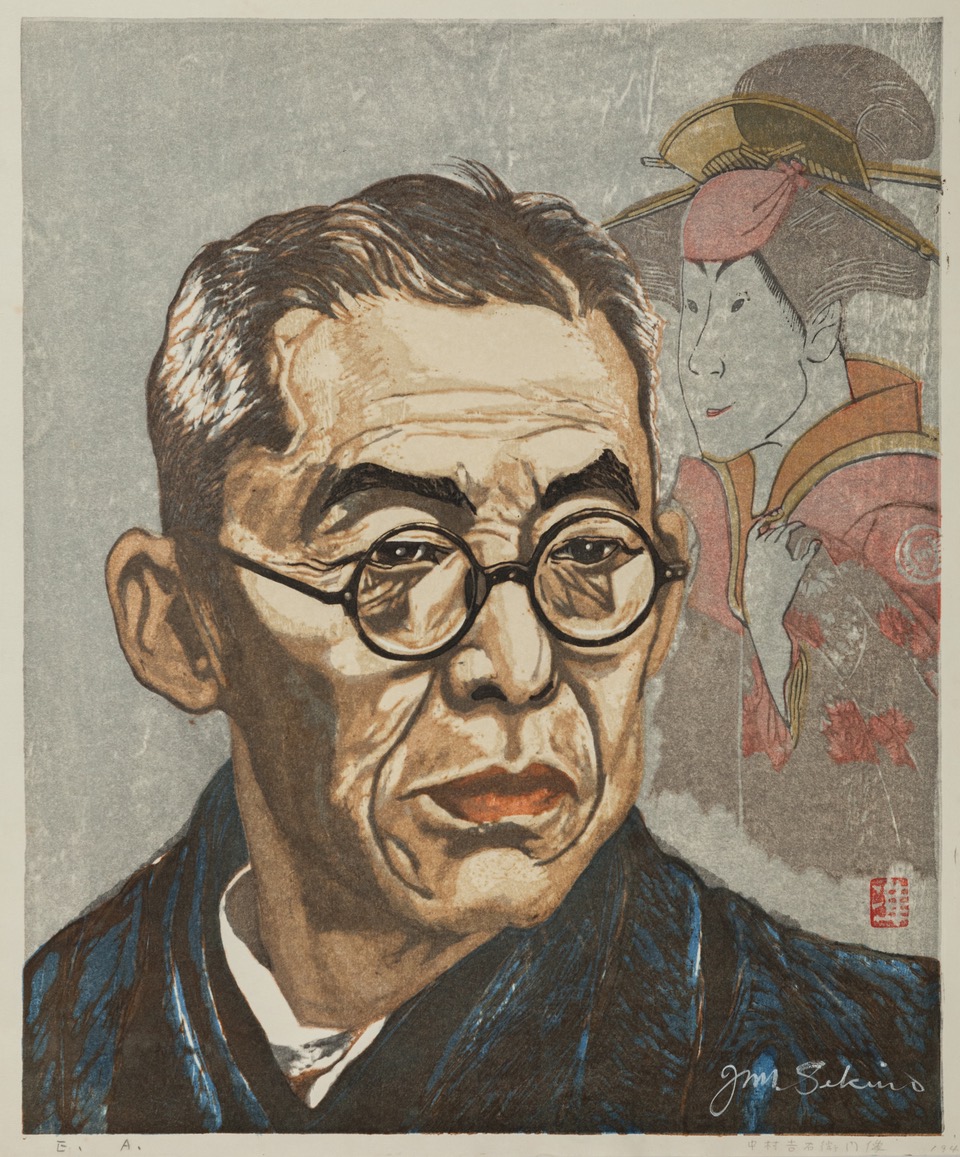Binghamton University Art Museum to open winter exhibitions on Chinese New Year

The Binghamton University Art Museum will open its winter exhibitions at a reception from 5-7 p.m. Friday, Jan. 24, to coincide with the Chinese New Year. The Main Gallery will host an exhibition organized in conjunction with the Confucius Institute of Chinese Opera. Snowflakes between Gauze: Rubbings from the Han Dynasty features rubbings taken from relief sculptures from Han Dynasty tombs in China.
Rubbings are ink-on-paper copies of aesthetically and intellectually valuable materials that were engraved, cast, molded or carved into metal, clay, stone, shell or bone. They are a means of reproduction created to preserve memory, to facilitate learning and to disseminate information. Chinese rubbings vary in technique from the stark contrast of the wujin ta (black-gold) style to the subtler tonal variations of the xuehua jia sha (snowflakes between gauze) style. The rubbings in this exhibition are outstanding examples of the latter technique, truly snowflake-like in their appearance. They were created by Bu Youchang and annotated by Xia Yipeng, both of Hangzhou Normal University in China. The rubbings are made from works in Bu’s collection of reliefs that formerly decorated Han Dynasty (207 BCE-220 CE) tombs in Nanyang City, Henan province, China.
In the Mezzanine Gallery is an exhibition of recent acquisitions of Asian objects titled The Surface and the Line: Alumni Gifts of Asian Art, curated by Nancy Um, professor of art history, and art history PhD candidate Jason Park. Visitors to the exhibition will encounter a wide range of objects from ancient ceramic vessels and calligraphy to innovative woodblock prints and paintings on paper, silk and glass. These works from China, Korea and Japan fuse traditional aesthetics with modern visual conventions. Together, the many objects donated by Stanley Reifer ’64 and his wife, Susan Reifer ’65, as well as John Copoulos ’73, exemplify the diversity of Asian art.
Also opening are four small exhibitions in the lower galleries: Marvels of Materials: Trade and Materiality in Ancient Egypt; American Mythology; Visualizing Voyeurism; and Portraits of Daily Life: Daumier in the Permanent Collection.
The winter exhibitions run through March 19. All events are free and open to the public. For more information, visit binghamton.edu/art-museum.
